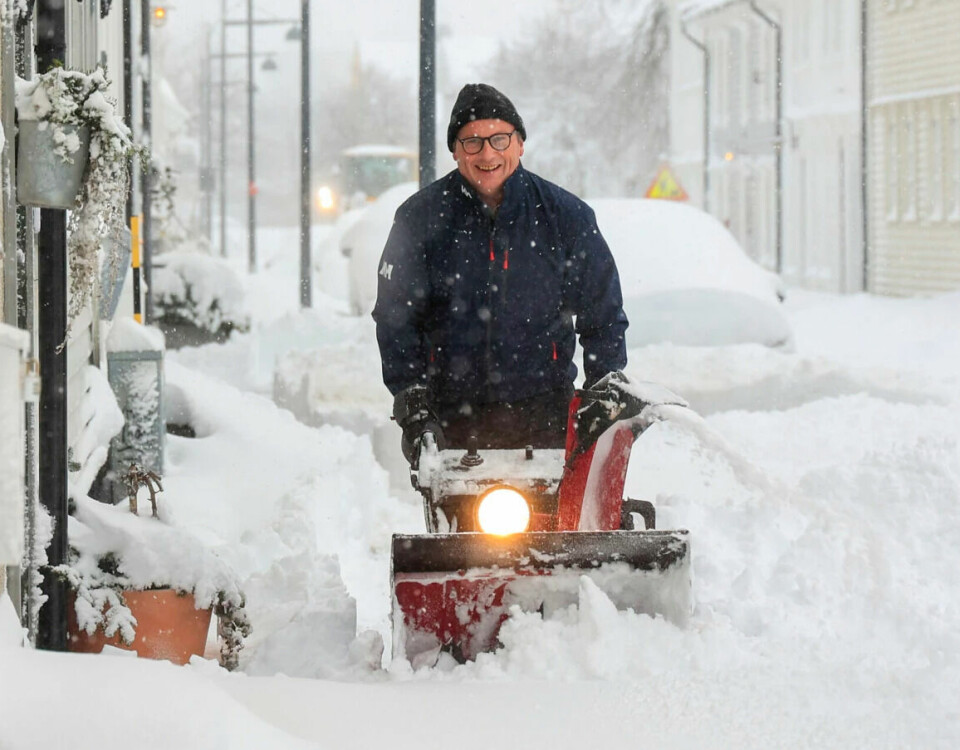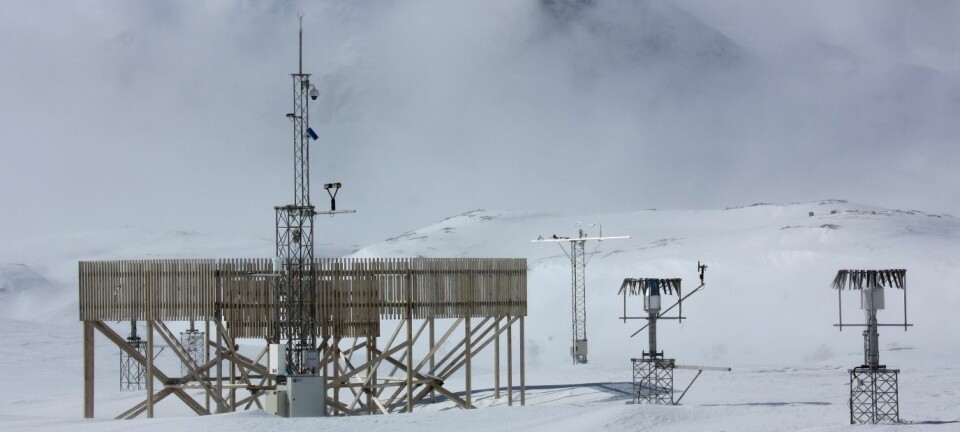
Snow chaos in Norway: Climate scientist expects more such incidents in the future
There are increasingly more episodes of intense precipitation in Norway. The chaos of snow that hit the capital Oslo this week is just a taste of what Norwegians have in store, according to a climate researcher.
Public transport and infrastructure nearly collapsed in large parts of Southeastern Norway on Wednesday January 17th due to the snow chaos. All train traffic stopped. All buses in Oslo and the neighbouring municipality Bærum were cancelled for a period of time. The same applied to all air traffic at Oslo Airport.
In the long term, climate researchers expect that there will be less snow in the winter as temperatures continue to rise. However, there could still be more days of snow chaos in the future, according to climate researcher Erik Kolstad at the research institute Norce and the Bjerknes Centre for Climate Research.
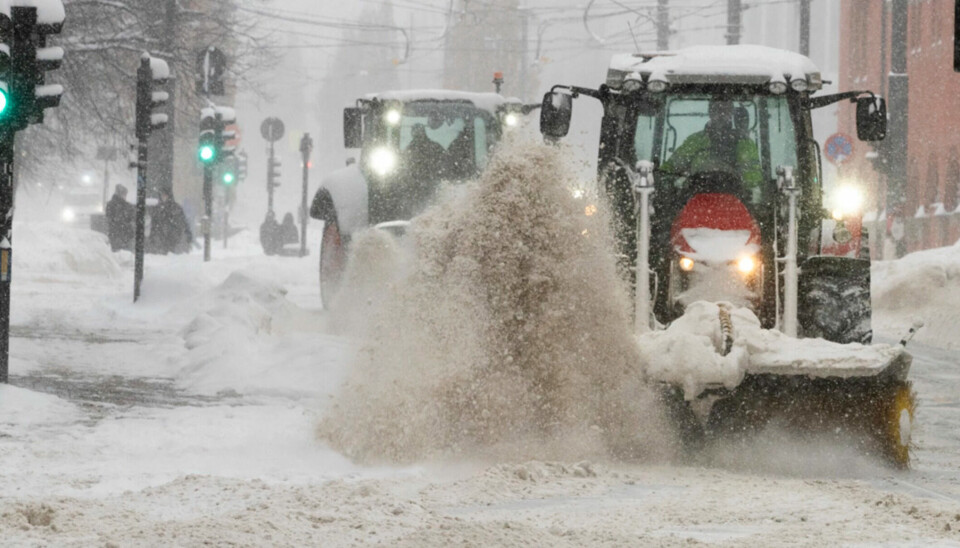
“The intensity of precipitation has increased, and it’s precisely this intense precipitation that creates the chaos these days,” he says.
He points to the extreme weather event Hans that 2struck large parts of Southern Norway the summer of 2023, bringing heavy rainfall in a short period. Numerous records were broken at weather stations across Southern Norway. And such intense precipitation in winter is expected to lead to more chaotic days.
“But this is not entirely new either. It's not like we've never had this type of weather before. The difference is that episodes of intense precipitation have become more frequent in Norway,” he says.
But it is these intense precipitation episodes that have increased in frequency in Norway, he says.
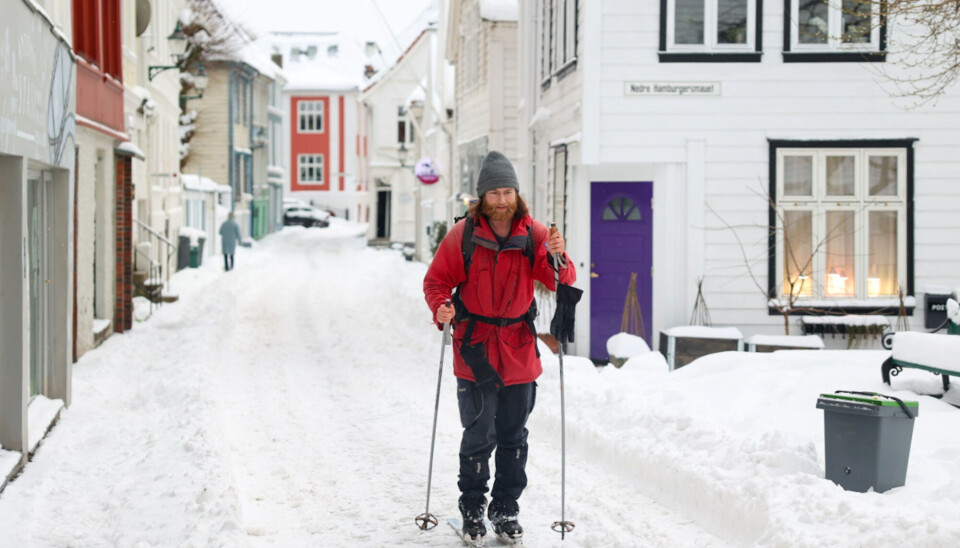
Norwegian infrastructure is poorly adapted
Kolstad points out that it’s a problem that climate change is not considered when building infrastructure in Norway.
“Unfortunately, there’s a general trend in Norway of constructing infrastructure and buildings that aren’t well-suited for the climate. There are many examples of this. For instance, in Voss in Western Norway, where a new cultural centre was built in 2011. By 2014, it experienced its first flooding,” he says.
“You also have instances where houses are rebuilt near rivers, which are hit by floods several times before it’s decided not to build there again,” he adds.
Most viewed
No content
He points out that government authorities have faced criticism from the Office of the Auditor General of Norway for their inadequate focus on climate adaptation. Kolstad highlights the frustration among climate researchers, who have long warned about this type of weather.
“We’re somewhat behind schedule in Norway when it comes to truly taking this issue seriously. It’s much cheaper to implement preventive measures than to deal with the aftermath of damage,” Kolstad says.
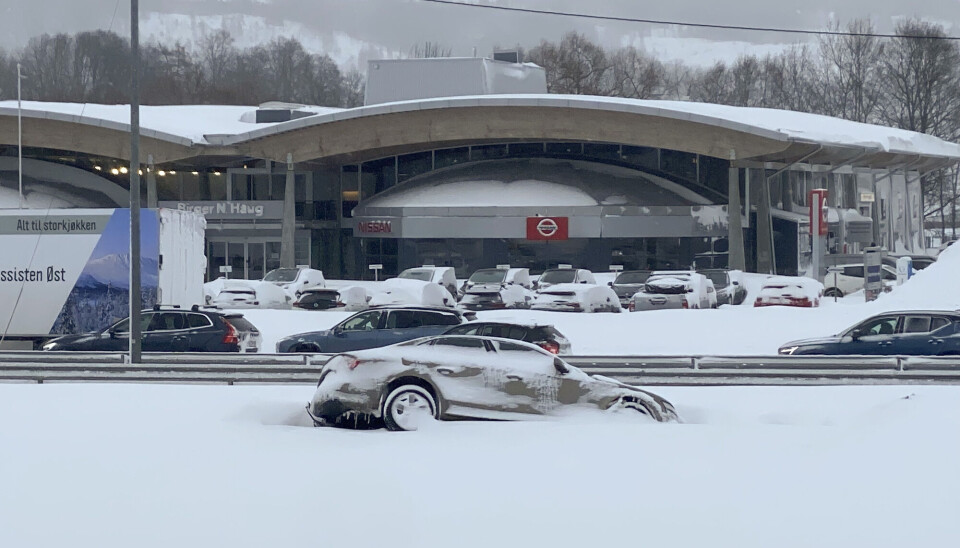
Hope people will become more aware
He also points to a steadily rising sea level. During this century, an average sea level rise of 10–50 centimetres is expected along the Norwegian coast.
“We will encounter challenges along the coastline. Unfortunately, it will become increasingly apparent that we should have reconsidered our choices when building so close to the shoreline,” he says.
The chaos of snow that hit Southern Norway on Wednesday elicits mixed feelings among climate scientists, according to Kolstad.
“In a way, it is predominantly negative. On the other hand, we hope that people become more aware. The more such incidents occur, the less you can pretend that ‘no, it was just a one-off’,” he says.
“Because this is just a taste of what’s to come. This issue of intense precipitation is not going away. It’s a very clear trend, which is also easy to explain physically. More intense precipitation is simply a consequence of warmer air being able to hold more moisture than colder air.”
———
Translated by Alette Bjordal Gjellesvik
Read the Norwegian version of this article on forskning.no







